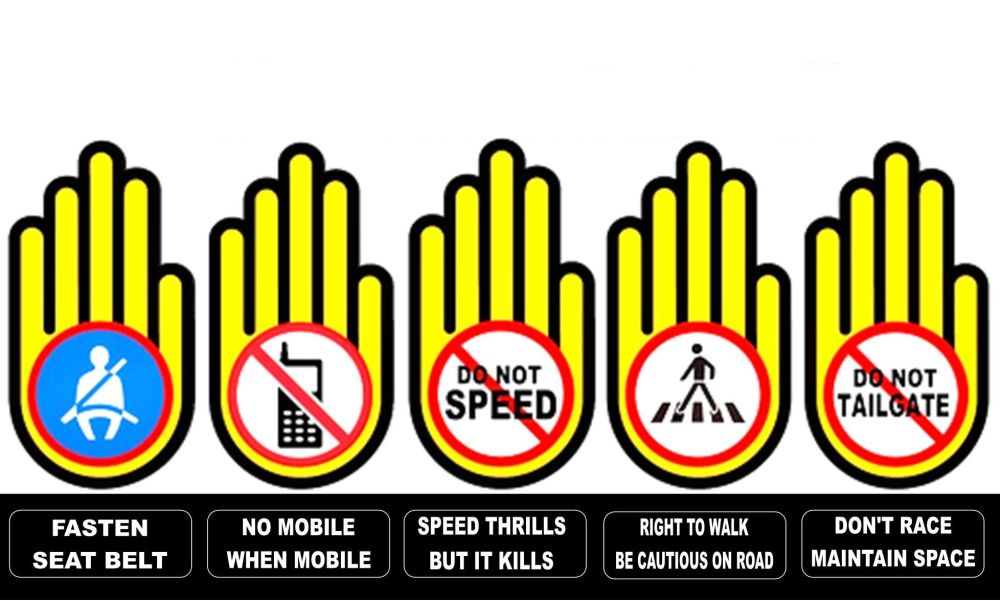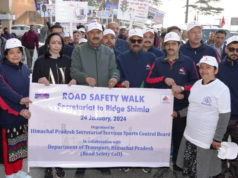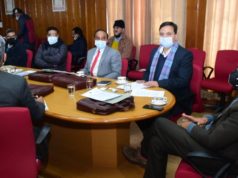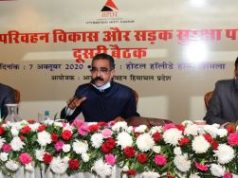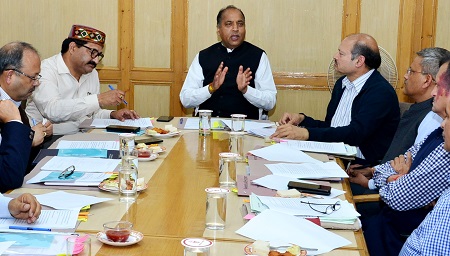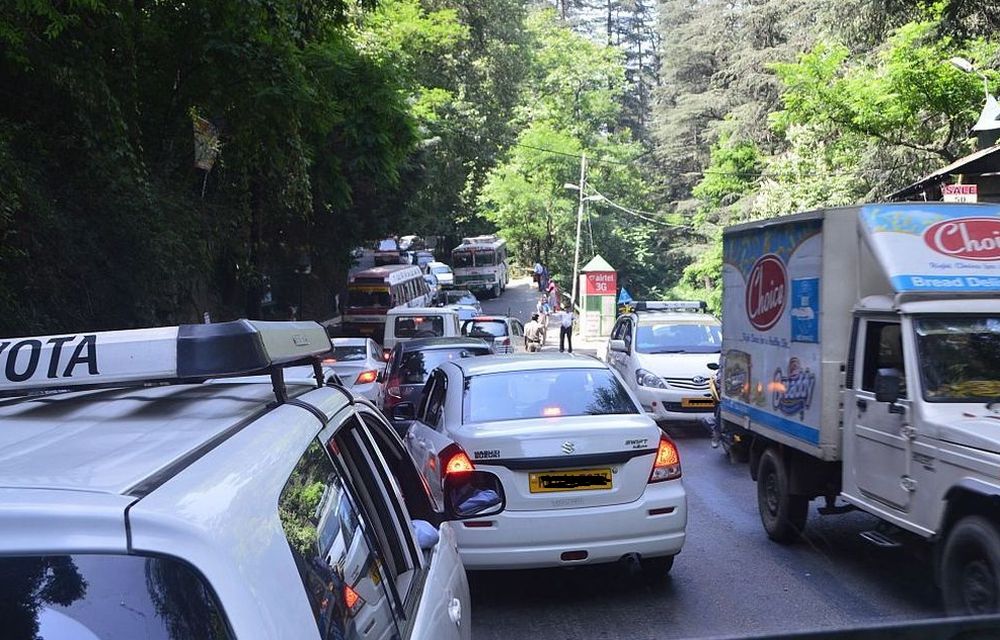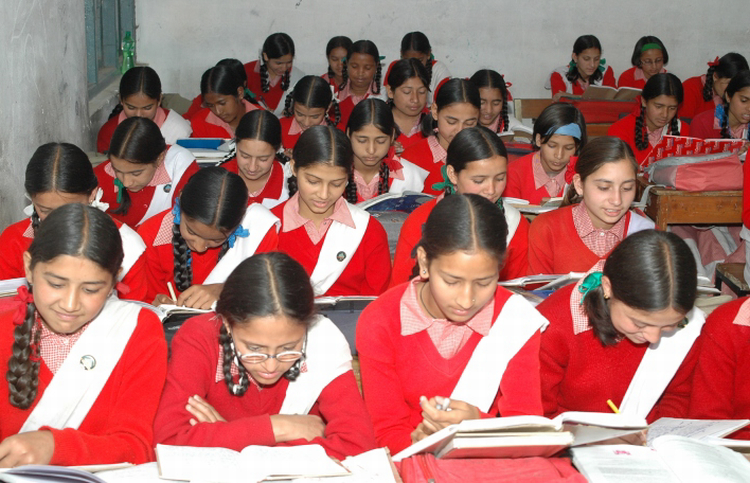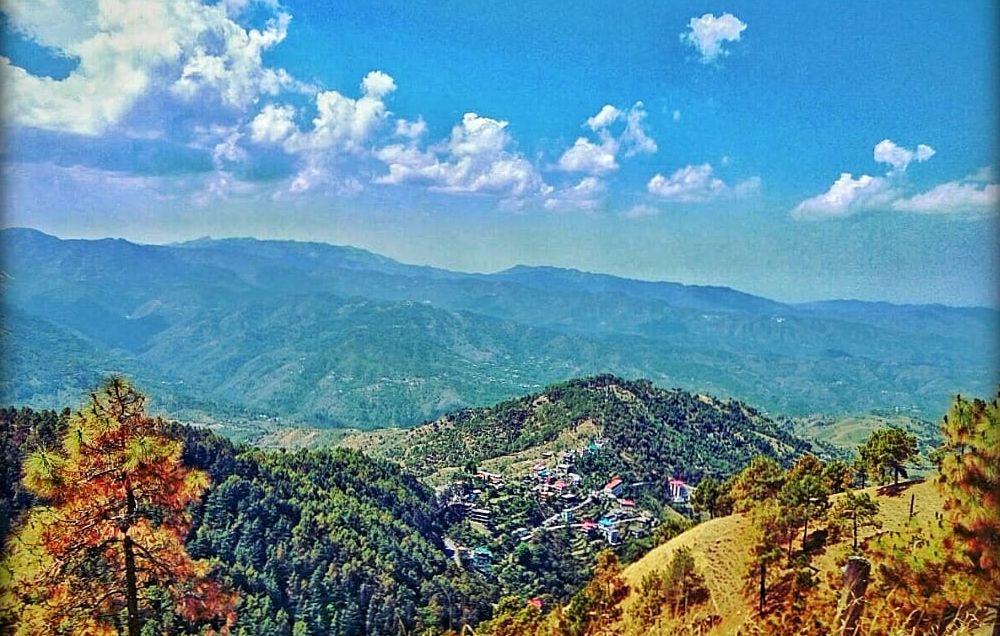Expansion of transport network is a necessary prerequisite for growth, and urbanization an almost certain corollary. So, as India charts a path of growth, we see an increasing level of urbanization and concentration of population in cities. As expected, we also see a rapid expansion of the road network in the country with an overall increase in motorization. India today has one of the largest road networks in the world. Motor vehicle population has grown here at Compounded Annual Growth rate of 10.5% during the period 2003-13. While this growth is perfectly in order and also necessary for a surging economy, what raises a cause for concern is the fact that we have not equipped ourselves to deal with this increased pressure on road space. We have not brought in modern traffic management systems and practices including development of contemporary traffic rules and creating awareness regarding adherence to these rules. As a result, we have a very high number of road accidents in the country and safety in road travel has become a cause for concern and a major public health issue. 56 Road Accidents take place and 16 Persons killed every hour in the country.
To ensure a “safe system” in road travel, it is imperative to augment road infrastructure, develop the safety mechanism in vehicles, change the behaviour of drivers and road users, and improve the emergency and other post-crash services. These are the four Es in road safety, Education, Enfoncement, Engineering, Environment and Emergency care.
The World Health Organisation (WHO) in 2009, in its first Global Status Report on Road Safety, identified road accidents as the “biggest killers” across the world. The report says about 1.2 million people die and 50 million get affected in road accidents globally every year. A decade of Action for Road Safety (2011-2020) has been adopted with a goal to reduce the fatalities from road accidents by 50 percent.
India has been identified by the WHO as a nation leading in road death, roughly one road accident per minute and one road accident death every four minutes. According to the Ministry of Road Transport and Highways, over one lakh persons lose their lives every year in road accidents. In 2014 alone, more than 1.39 lakh people died in road accidents.
The Government has adopted a National Road Safety Policy in 2010 which emphasizes the importance of creating awareness about the various aspects of road safety, and its socio-economic implications and developing a road safety information database.
The Government has also come up with a draft Road Transport and Safety Bill, 2014 with stronger punitive action and penalty for traffic violations and road safety forms a major component of the proposed Act. The 2014 Bill, now put up on the site of the Ministry of Road Transport and Highways for public comments, proposes modernisation of the road transport infrastructure, improvement in the quality of vehicles on the roads and simplification in the procedure to obtain driving licence through a Unified Driver Licensing System for the entire country.
The use of safety equipment like helmets, seat belts for all passengers including those in rear seats and high visibility clothing for two wheelers has been made mandatory in the proposed Act. The safety of children has also been taken into account by requiring to make use of child safety and restraint systems. The proposed Bill has set a target of saving 2 lakh lives in the first five years, increasing the national GDP by 4% by improving safety and efficiency of road transport. Under ‘Make in India’, it aims at creating 10 lakh jobs with more investment in the road transport sector.
The Government has already launched a pilot project for cashless treatment of road accidents in a few stretches like Gurgaon-Jaipur stretch on NH-8 in 2013-14, Ranchi-Rargaon-Mahulia stretch of NH-33 and Vadodara-Mumbai stretch of NH-8 in 2014-15. This is to save lives of accident victims by providing prompt and appropriate medical care during the ‘golden hour’ that is the first 48 hours, within a limit of Rs.30,000/-. A 24/7 call centre with toll free number 1033 has also been activated on these stretches. The data from the pilot project would be utilised for formulating a Pan-India scheme for cashless treatment of road accident victims.
In order to reduce the number of accidents, the Government is identifying major accident “Black Spots” on the roads. An accident Black Spot is a stretch of road where the level of risk of accidents is higher than the surrounding areas. Crashes tend to be concentrated at these relatively high-risk locations. The data on black spots are now required to be reported by the states/UTs to the Ministry of Road, Transport and Highways. An analysis of these spots will help identify the risk factor and put corrective safety measures in place. Details of 726 black spots have been compiled from across the country. Out of these, about 190 spots have already been analyzed and corrective measures have been put in place at these spots.
Road safety is for public good. The Road Safety Policy and the proposed Act, both put emphasis on enhancing public awareness and educating people about their roles in making the road travel safe. Keeping this in mind, every year in January, ‘Road Safety Week’ is organised for sensitisation of various stakeholders. The aim of this campaign is to highlight the need of safe road travel by applying just simple rules.
Variety of programs about the methods and necessities of the road safety like the use of helmets or seat belts while driving, medical check-up camps, driving training workshops and competitive events at educational institutions are mounted for different target groups like the road travellers, drivers and also school children, students and youth. On the other hand, activities should be undertaken for improving public transport system, proper management of traffic system and strict observance of emission norms. Each year a specific theme is chosen to create awareness. Some such themes like “Build a Safety Culture for Sustainable Supply Chain”, “Safety is not just a slogan, It’s a way of life”, “Walk for Road Safety”, “Stay Alive, don’t drink and drive” and “Road Safety A Mission, Not Intermission”, etc have already been highlighted during the observance of the week.
The 27th Road safety week was observed from 11th of January (Monday) to the 17th of January (Sunday). This year the Campaign focused on ‘Road Safety–Time for Action’. The Campaign for road safety can only be successful if all stakeholders such as transport, insurance, health, legal professionals, highway engineers and vehicle manufacturers are on board. Children and school and college going students should be taught from the beginning about the road user behaviour. Road safety education should be a part of the school curriculum so that safety becomes a habit and a way of life from the beginning.
Article was written by Archana Datta, retired DG (News), AIR


